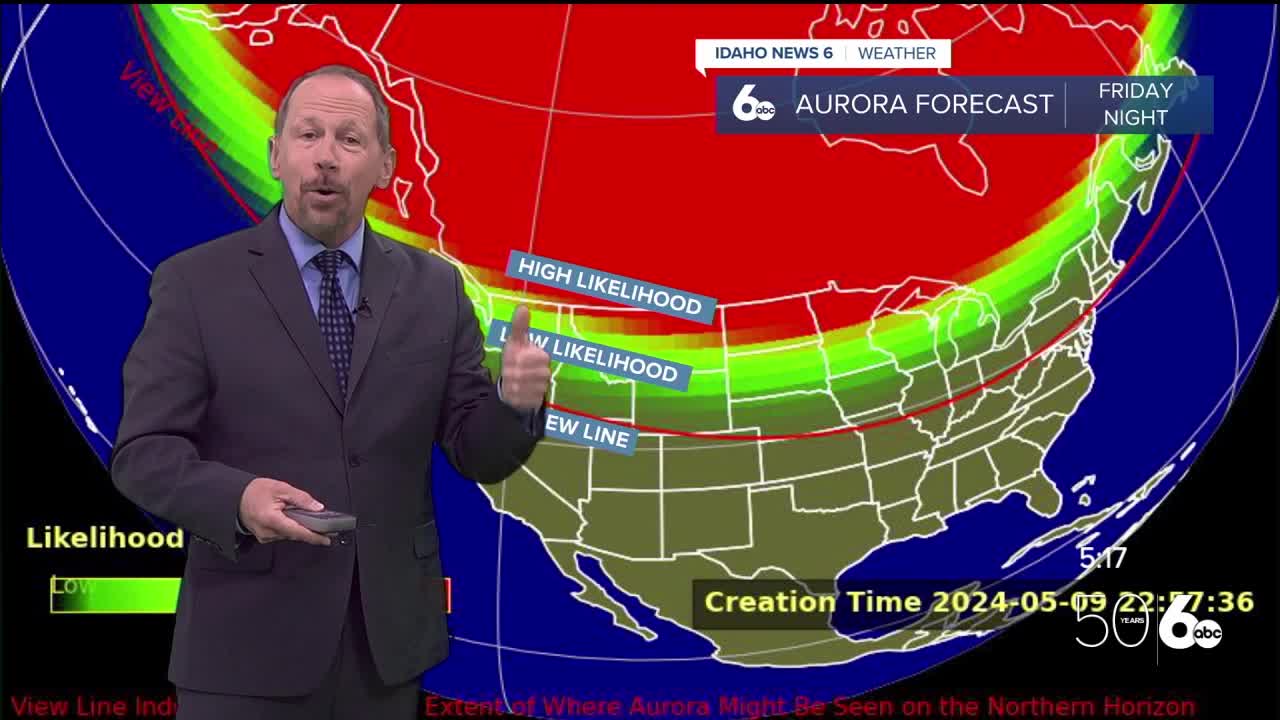A massive sunspot, known as AR3664, has grown to nearly 15 times wider than Earth and is approaching the size of the most intense geomagnetic storm ever recorded - known as Carrington's sunspot, which occurred in 1859. In fact, the sunspot is so large that you can see it on the surface of the sun right now, if you have those certified eclipse glasses!
This storm has the potential to be a significant event, with NOAA's Space Weather Prediction Center issuing a Severe (G4) Geomagnetic Storm Watch for Earth, the first time since 2005. While this may sound alarming, these are the effects the Space Weather Prediction Center lists for a G4 level storm.
Power systems: Possible widespread voltage control problems and some protective systems will mistakenly trip out key assets from the grid.
Spacecraft operations: May experience surface charging and tracking problems, corrections may be needed for orientation problems.
Other systems: Induced pipeline currents affect preventive measures, HF radio propagation sporadic, satellite navigation degraded for hours, low-frequency radio navigation disrupted, and aurora has been seen as low as Alabama and northern California (typically 45° geomagnetic lat.).
On May 7 and May 8, several coronal mass ejections (CMEs) were observed, and they are expected to merge into one larger solar storm arriving on Friday, May 10th, lasting through at least Sunday, May 12th.

To get a decent shot at viewing the Aurora Borealis here in southern Idaho, we typically need the Kp index, a measurement of geomagnetic activity, to be 7 or greater. The forecast indicates that the Kp index may reach an 8 or higher late Friday night into early Saturday morning.
To increase your chances of viewing the northern lights, head north and find a location with minimal light pollution (darkness). The Aurora Borealis will appear on the northern horizon, so make sure you have an unobstructed view looking north.
The good news is that cloud cover won't be a concern, thanks to high pressure keeping our skies clear. Additionally, we've just passed the new moon, which means moonlight won't interfere with the brightness of the Aurora Borealis. Early Saturday morning before sunrise is likely to be the peak timeframe for viewing.



